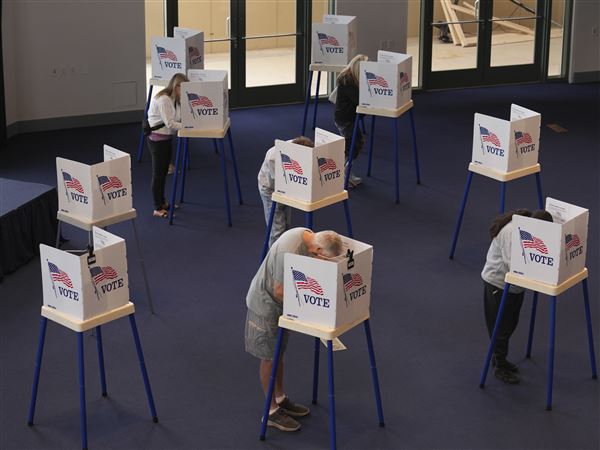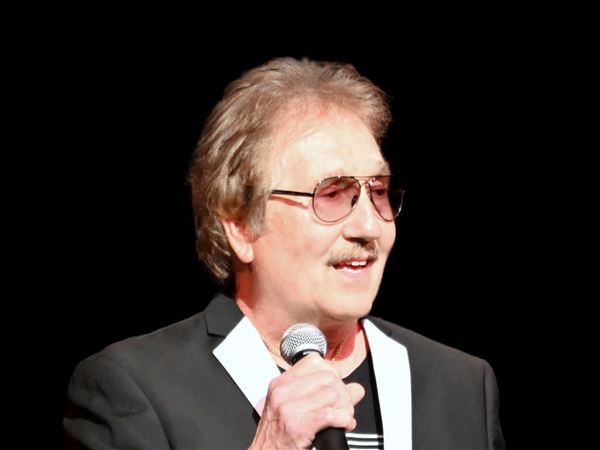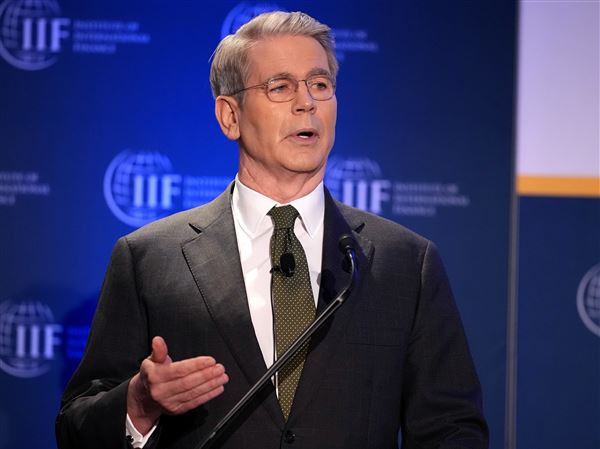Former Ferguson, Mo., police Officer Darren Wilson wasn’t wearing a mounted camera when he stopped Michael Brown in August. What happened during their encounter was described to a grand jury in conflicting testimony by witnesses and Mr. Wilson. Had there been a video recording, it might have made a difference.
What isn’t in dispute is that Mr. Wilson shot the unarmed 18-year-old multiple times and killed him. The grand jury sat through months of testimony before deciding that there wasn’t enough evidence to charge Mr. Wilson with a crime.
The deaths of Michael Brown and Eric Garner, who was restrained by New York police in a choke hold, have generated national debate on the kind of reforms that could be adopted to foster trust between law enforcement and the public.
Routine use of body cameras by police are high on the list, bolstered by the Obama administration’s $75 million offer to cover half the cost of 50,000 officer-mounted recorders. On Monday the Peduto administration smartly shifted $650,000 in its 2015 budget proposal to council to buy 1,000 body cameras for the Pittsburgh police force.
In general, the equipment is seen as a boon for police and citizens because it could change behavior on both sides. At least one study of body camera use showed that complaints about police conduct dropped along with the use of force on civilians. Such a change can not only make for better relations but also save money spent on lawsuits or judgments.
But cameras at the scene provide only one part of the evidence and therefore do not guarantee prosecutions. In the Garner case, a third-party recording caught the struggle with police, but a grand jury declined to charge any officer.
Nevertheless, the federal incentive to adopt mounted cameras is a step in the right direction. With 630,000 police officers in the United States, municipalities will have to bear most of the funding burden. Still, this is a taxpayer investment in technology that could pay off in many ways.














